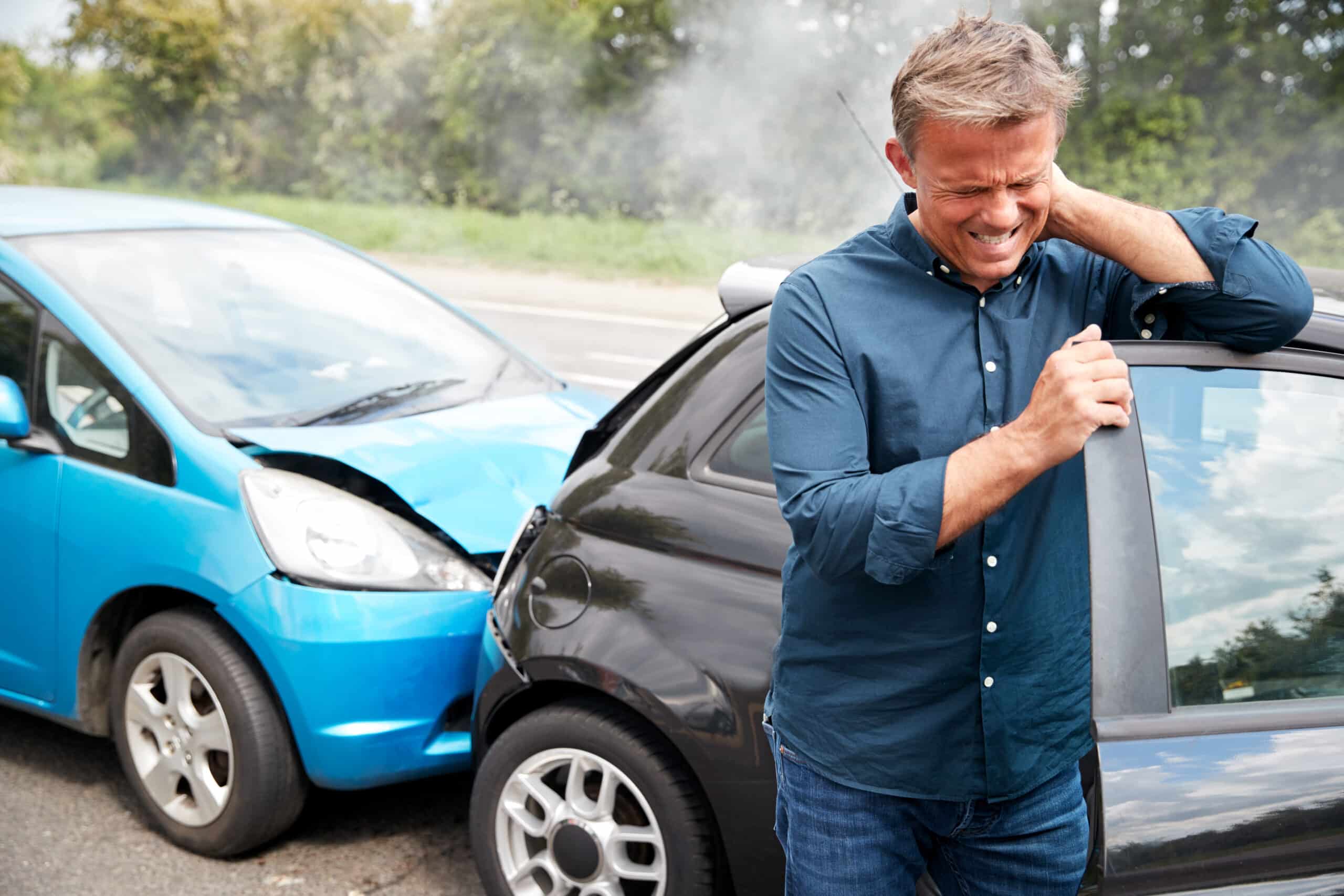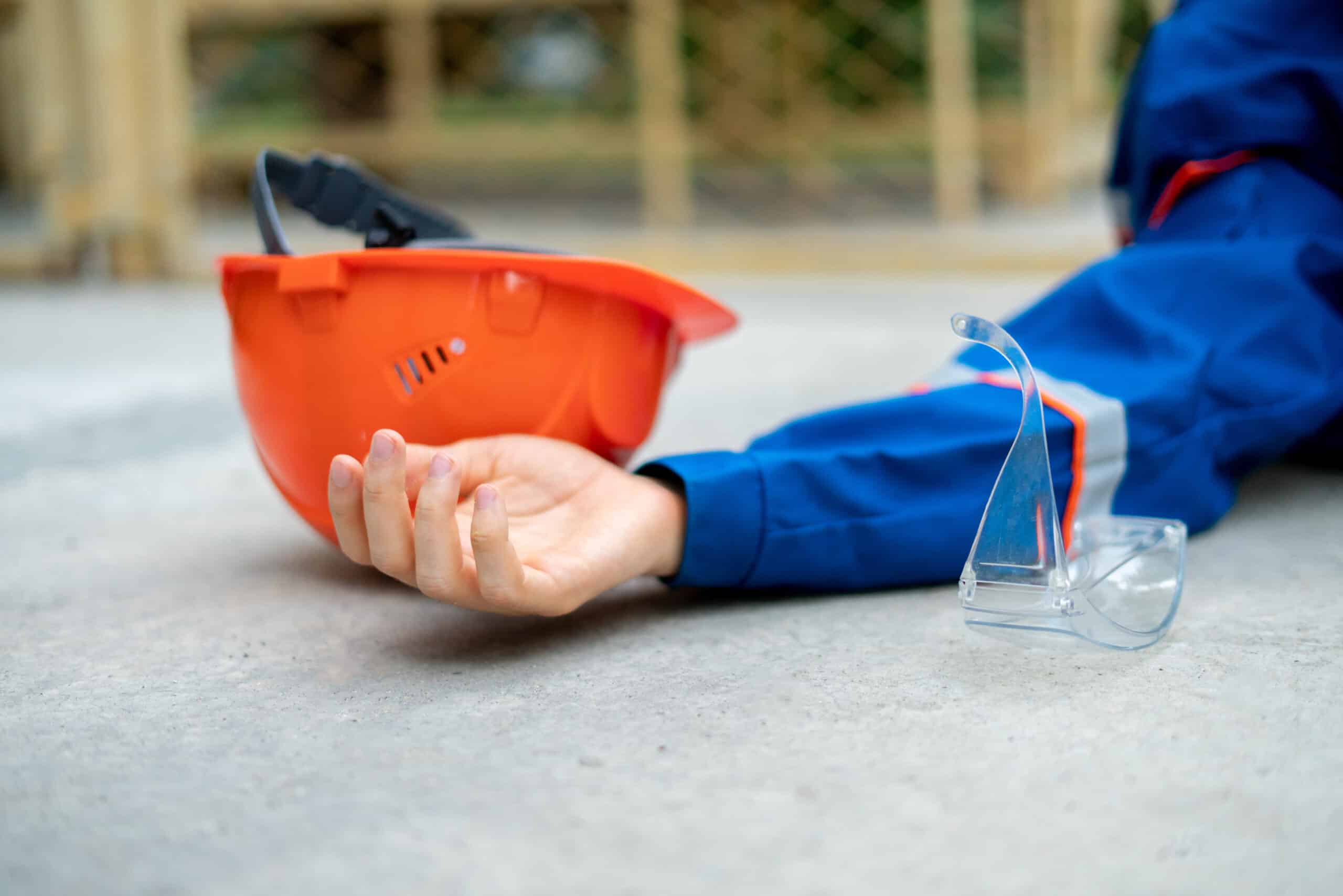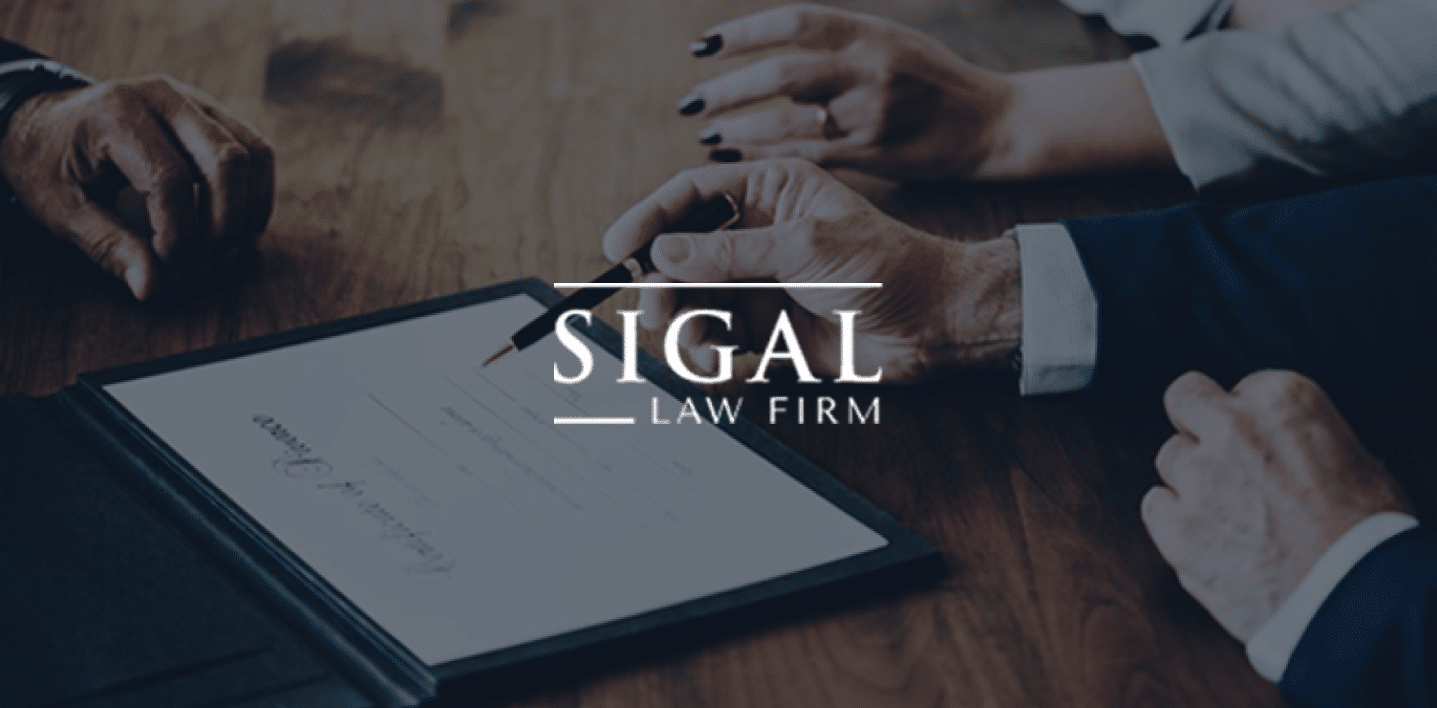What Kind of Injuries Can Cause Damages After a Rear-End Auto Accident?
When you’re involved in a car accident or truck accident, you may deal with injuries that require medical treatment. Injuries can increase your monetary losses related to an accident because you might face expensive medical bills. They can also cause you to lose time at work, which can lead to loss of wages.
Understanding the type of injuries that can be common with certain collisions can help you know what to look for after an accident.
5 Common Rear-End Collision Injuries
Rear-end collisions are fairly common on the roads. These accidents typically occur when a vehicle following another car or truck fails to stop or slow down appropriately, causing it to hit the back of the vehicle in front of it.
During a rear-end collision, your body can be thrown forward suddenly and then jolted back, even if you have your seatbelt on or your airbags deploy. This sudden and traumatic movement of your body, and specifically your head, neck, and back, can lead to some common injuries.
1. Whiplash
Whiplash is a common injury that results from these types of car crashes. It occurs because your head and neck move through hyperextension and hyperflexion during the motion involved in the accident.
Unfortunately, you don’t always know that you have whiplash, because it can take time for symptoms to develop. Some people experience symptoms right away, others feel the pain and symptoms associated with whiplash within a few hours, and some don’t notice symptoms for a few weeks.
Common symptoms of whiplash can include:
- Headaches
- Feelings of dizziness
- Pain in the shoulders, arms, neck, or jaw
- Stiffness in the shoulders, arms, neck, or jaw
2. Strain or Sprain of the Back
Strains are injuries to the tendons or muscles, and sprains are injuries to the ligaments. Both can occur in the back when you’re involved in a rear-end collision due to the way your body may move during the accident. They may also happen because your body is thrown against part of the interior of the vehicle during the collision.
Symptoms of these types of injuries can include:
- A decreased range of motion, such as the inability to bend or twist as normal without pain
- Cramping in the back
- Issues walking or maintaining a normal gait
3. Spinal Stenosis
When you have spinal stenosis, elements of your spine are no longer appropriately spaced. This can cause pressure on the nerves in your spine. As with other common rear-end collision injuries, you don’t necessarily feel any symptoms of spinal stenosis right away.
However, when you do feel symptoms, they can include pain in your back, neck, or other areas as well as numbness and tingling. You may experience constant or intermittent muscle weakness.
4. Fracture of the Back of Neck
A rear-end collision can result in a spinal fracture, compression fracture, or other bone injury. Typically, these injuries are quite painful right away and cause issues such as limited motion. You may have pain that gets worse if you stand or walk or sudden acute pain that comes and goes.
5. Herniated Discs
A herniated disc occurs when the cushiony parts of your spine between the vertebrae—aka, the discs—move out of place. You may not experience any immediate symptoms of a herniated disc—and some people never experience pain or other symptoms. Others experience pain in their legs or arms, tingling or numbness in their extremities, and muscle weakness.
How Can You Seek Compensation for Losses Associated With a Rear-End Collision?
All of these common rear-end collision injuries can range in severity from minor inconveniences to debilitating medical issues.
In best-case scenarios, people walk away from rear-end collisions with no injuries or only minor injuries that don’t need ongoing medical treatment. However, that’s not always what happens, even when you feel okay right after an accident. In some cases, individuals may deal with debilitating back pain that makes it challenging to work and earn an income. Or, they may face the need for complicated surgeries to address injuries, which can be expensive.
In such cases, it’s important to understand how to seek compensation for your losses. One of the first things you should do following an accident is get checked out by a medical team. First, because you don’t always know by how you feel if there was any damage done to your body. Second, it can help you begin a recorded narrative regarding your injuries that might be important later.
If you are dealing with losses after a rear-end collision, you may need to file a personal injury lawsuit to seek appropriate compensation. Reaching out to an experienced personal injury attorney as soon as you think this might be the case can help you proactively prepare for this potential outcome.
A personal injury attorney can help you:
- Understand what your options for seeking compensation are and how strong your case might be
- Ensure all the appropriate parties are named in your personal injury lawsuit to enhance the chances of a positive outcome
- Gather evidence regarding the injuries you sustained in the rear-end collision and what losses are associated with them
- Present a strong case in pleadings and court to support your claim for compensation
- Negotiate with insurance companies or others to increase your chances of getting an appropriate settlement
If you’re dealing with back pain or other injuries following a rear-end collision, the Sigal Law Firm can help. Call us at 248-671-6794 to set up a consultation about your case.















